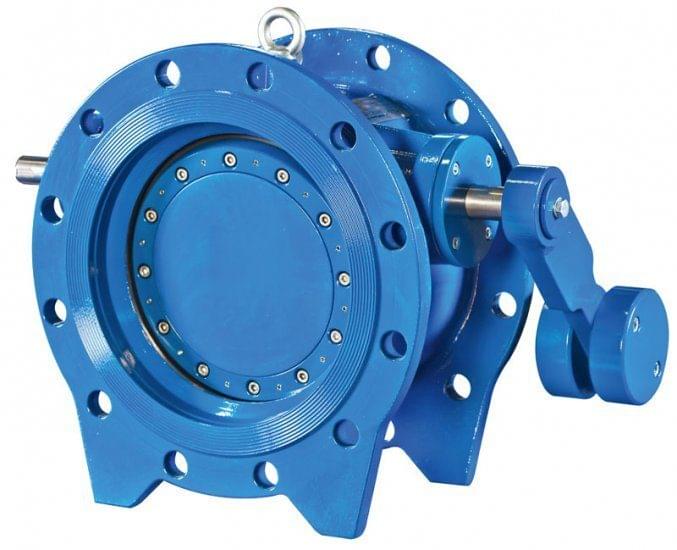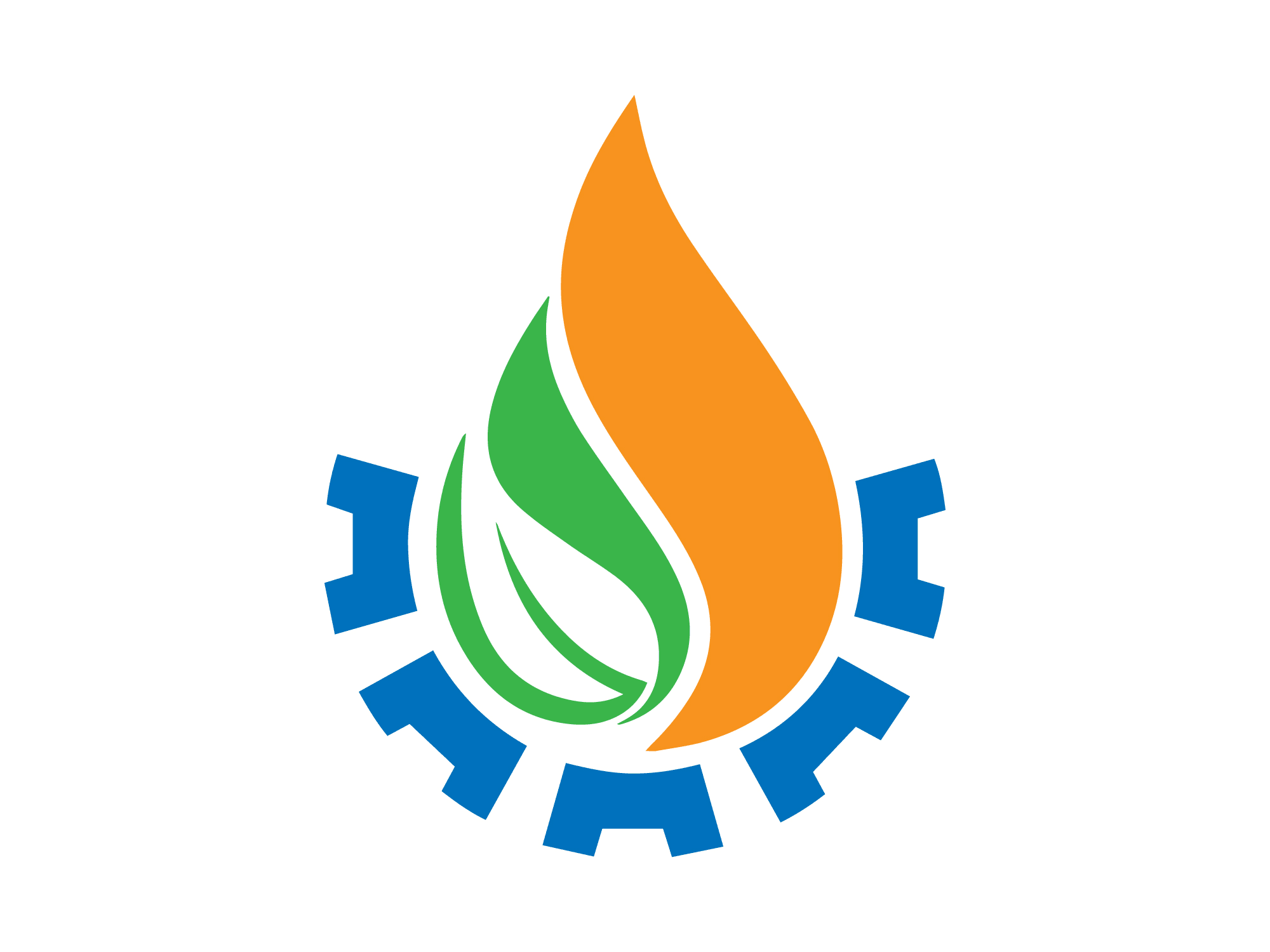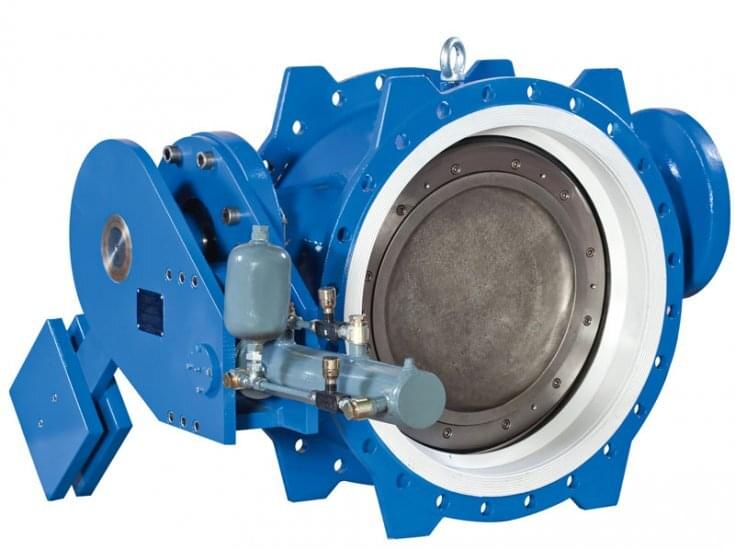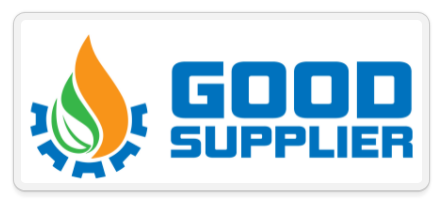Hydraulic Check Valve
Check valves are the simplest form of hydraulic devices in that they permit free oil flow in one direction and block oil flow in the opposite direction.
Check valves may also be used as a directional or pressure control in a hydraulic system. The hydraulic check valve has two ports. One is the inlet for the hydraulic fluid to enter, and the other is an outlet.
They will both operate in combination with the motor, cylinders, and hydraulic pump. The valve controls the flow of fluid for the correct operation of equipment.
Check valves are used in many different applications. For example, they are often placed on the outlet side of a pump to protect the pump from backflow.
Centrifugal pumps, the most common type of water pumps, are not self-priming, and therefore check valves are essential for keeping water in the pipes.

Often the focus is to reduce cost and at the same time obtain the lowest possible pressure loss, but when it comes to the check valves, a higher safety equals a higher pressure loss.
So, to ensure the check valve protects the system adequately, each design must be assessed individually.
Factors such as the risk of water hammer, acceptable pressure loss, and the financial consequence of installing a check valve with a too high safety margin against water hammer have to be considered.
There are various types of check valves available for water and wastewater applications. They work in different ways but serve the same purpose.
Product Description
The most common types of check valves for water and wastewater are swing check valves and ball check valves.
A swing check valve is mounted with a disc that swings on a hinge or shaft. The disc swings off the seat to allow forward flow, and when the flow is stopped, the disc swings back onto the seat to block reverse flow. The weight of the disc and the return flow impact the shut-off characteristics of the valve.
A ball check valve functions using a ball that moves up and down inside the valve. The seat is machined to fit the ball, and the chamber is conically shaped to guide the ball into the center to seal and stop a reverse flow.
Hydraulic check valves are used in many hydraulic systems. They are used to protect the heat exchanger and avoid overpressure when the heat exchanger is blocked. At the same time, the heat exchanger can also be bypassed: only a part of the liquid passes through the heat exchanger.

Therefore, the flow rate depends on the opening pressure of the hydraulic check valve and is less affected by the total flow.
The check valves with higher opening pressure are also used as low-pressure relief valves. There is no essential difference between the structure and function of the two.
Hydraulic check valve can be divided into the one-way screw-in type and plug-in type according to the different installation methods. The plug-in type is a hydraulic check valve installed inside the cavity of the integrated valve block.

The screw-in type uses its thread or other components, such as pipe joints and O-ring rings, to be installed in the valve block. General depth is as per the valve and bloc calculated before design. According to the different valve poppet, the hydraulic check valve can be divided into ball valve poppet type, spool poppet type, and spool type.
Hydraulic valves are available in several different designs. They may look like a poppet, a disc, or one of the balls or plunger types. But, again, this will depend on where and how they are used and what style and size.
Most often, you’ll find hydraulic check valves used in applications such as braking systems, construction tools, lifting systems, and other hydraulic systems. They are installed in scenarios where the backup of fluid could cause serious issues.
For example, if oil flowed backward through a pipe, it could empty a hydraulic system back into the equipment reservoir. Even when the machine is turned off, the hydraulic valve can prevent fluid from flowing through the system, keeping it fully ready for the next operation.
Get in contact with us NOW to have the best quality of good and reliable parts for the choke and industrial valves in the industry! The only place where HIGH QUALITY and SPEED OF DELIVERY meets LOWER PRICES!
